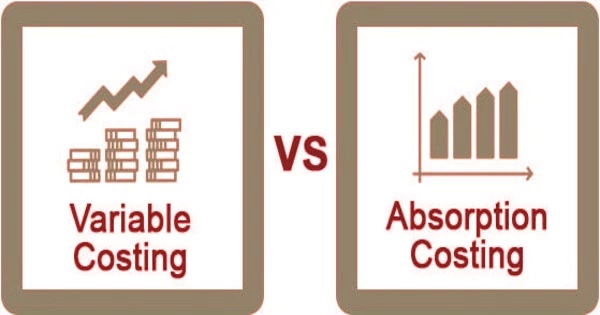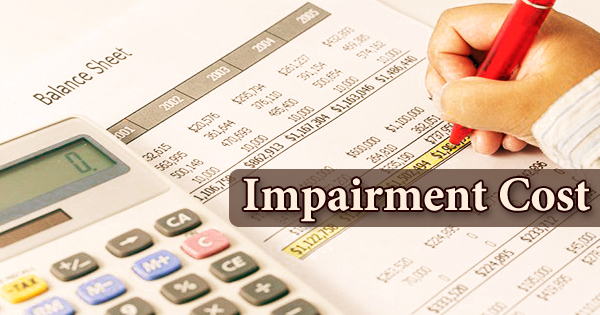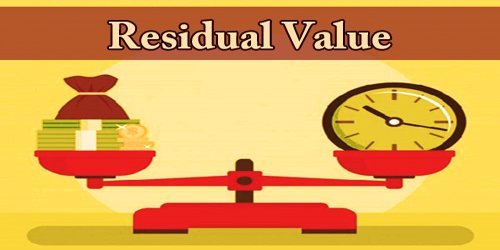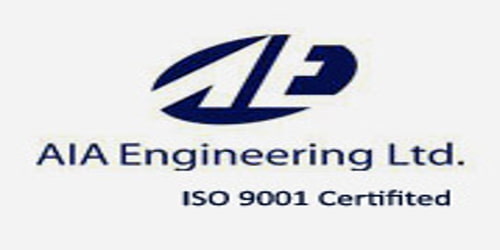Absorption costing and variable costing are accounting methods for valuing a company’s work in progress and inventory. Absorption costing incorporates all costs associated with the production of a product. Variable costing includes only the variable costs incurred directly in production and excludes all fixed costs. Absorption costing is required for reporting purposes under the Financial Accounting Standards Board’s Generally Accepted Accounting Principles (GAAP).
Full costing is another name for absorption costing. For their COGS, public companies are required to use the absorption costing method in cost accounting management. This method is also used by many private companies because it is GAAP-compliant, whereas variable costing is not. Some businesses may prefer to use the variable costing method. All variable direct costs are included in COGS when using variable costing. Instead of COGS, the fixed direct costs are allocated to operating expenses.
Absorption Costing
- Method: Applies all direct costs, fixed overhead, and variable manufacturing overhead to the cost of a product. It includes costing of product involving both Fixed and variable cost.
- Use: Calculates a per-unit cost of fixed overhead. It comprises Direct Material, Direct labor, both fixed and variable overhead, and other direct expense.
- Inventory: Inventory value includes direct material, direct labor, and all overhead. It is required for External reporting. It provides a complete measure of the total cost as well.
- Accounting: Can cloud picture of company profitability for an accounting period because all fixed costs are not deducted from revenues (unless all inventory is sold)
Variable Costing
- Method: Only variable costs are applied to the cost of a product; fixed overhead costs are expensed in the period in which they occur. It includes costing of product involving only variable cost.
- Use: Determines a lump-sum for fixed overhead costs. It comprises Direct Material, Direct Labor, Variable overhead, and other direct expense.
- Inventory: Inventory value does not include fixed overhead. It is required for Internal reporting. It can lead to under measurement of the total cost as it involves only variable cost.
- Accounting: Doesn’t match expenses to revenue (with regard to inventory) in the same accounting period; may result in a more realistic inventory value and actual profit since unsold stock doesn’t absorb fixed overhead costs
Because there is no overhead allocation charged to the sale when variable costing is used, the gross margin reported from a revenue-generating transaction is higher than when absorption costing is used. Though the reported gross margin is higher, it does not imply higher net profits because overhead is charged to expense lower on the income statement. However, this is only true when the level of production corresponds to the level of sales. If production exceeds sales, absorption costing will result in higher profitability because some of the allocated overhead will be held in inventory rather than charged to expense in the period. When sales outnumber production, the situation is reversed.
















